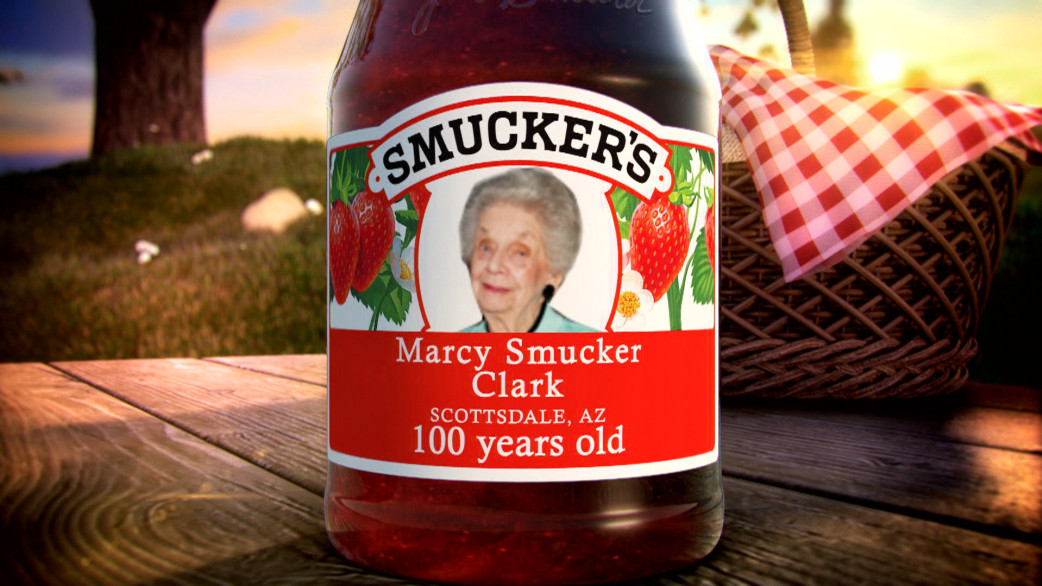All 40,000 of them...
Barry's two hives near Rock Hall in Maryland
Barry picked up the little buggers on Saturday, April 7, and drove them to the their new home on the Eastern Shore near Rock Hall, Md.
Barry says, they are beyond beautiful. (All parents think their children are beautiful.)
-----------------------------------------------
OK, here's how it goes...
You show up on the designated day to get bees...
You get line to pick up bees...
You transport the hives in Barry's Smart car...
Across the Chesapeake Bay Bridge to a 90-acre site on our friend Stan's farm....
----------------------------------------------
WHAT NOW? The bees will do their thing, which is to lay eggs and give birth to new bees. The process is rather complicated, but basically it goes like this:
There are three kinds of bees.
- Each colony (hive) has one queen, up to 60,000 workers in summer and maybe 25 drones.
- The queen is much bigger, moves around the hive and lays up to 2,000 eggs a day.
- The worker bees are the mainstay of the hive and have different jobs such as, taking care of the eggs until they become baby bees, cleaning up the nest, and foraging for pollen and nectar. Workers also scout for new hive locations when things become overcrowded, guard against intruders like skunks and raccoons, and make honey.
Queen surrounded by her attendants
- The drones hang around reading Playboy magazines until it's time to fly out to a congregation area and wait for the queen's mating flight to arrive. (Think Friday night at the Hot Shoppes.)
-----------------------------------------------------
The bee keeper's job...
- Sets up the hive boxes in a remote and safe location.
- Buys the bees, which come in frames in smaller boxes (called a "nuc" or nucleus), and inserts into the hives,
- Gives them some start-up food like sugar water and artificial pollen until they can forage for themselves. Nectar comes from flowers is used to make the honey which they produce at the rate of 60 to 80 pounds per month. (That's how Barry got two tons of honey from his 70 hives years ago in New Jersey.)
- Makes sure the hive is in a warm place, preferably facing south. However, if the hive gets too warm, the workers will collectively fan their wings to cool things down. Barry installed a solar panel to run a small fan to help then out.
- Protects against skunks, raccoons and critters who love to raid the hive, so an electric fence may be necessary. (No TV or WiFi though.)
- Watches out for mites, and pesticides and herbicides from other colonies or crops.
-------------------------------------------------------
The amazing-ness of bees:
- They communicate with each other by dancing (buzzing around in one place) at various levels of intensity to show enthusiasm for how good a newly-scouted location is.
- They know when things are overcrowded and about 60% leave in a swarm with a queen to set up another colony. How they chose where to go and who goes and who stays, is a mystery. The swarm looks like a swirling cloud of dots moving slowly in one direction.
- Finally, how they know which hive is their home is also a mystery. Nature's GPS? Going into the wrong hive is not a good option since freeloaders are not welcome.
--------------------------------------------------------
Barry's "slow mo" video of his bees coming in and out of hive. They often bang into the box because they are so heavy with pollen or nectar.
---------------------------------------------------------
WHAT YOU CAN DO TO SAVE BEES:
- Provide water such as a bird bath.
- Plant flowers that they like, such as Verbena, English Lavender, Hyssop, Borage, Hollyhocks and Bees Friend.
-
Bees' Friend flower
Save the bees video...Save the bees (click on this)
----------------------------------------------------------
And finally, a incredible article about a marine disaster.
The cargo ship El Faro sank off the Bahamas during Hurricane Joaquin in 2015. This article shows how Mother Weather can do you in no matter how much you think you're prepared. It especially shows the limits of professional weather tracking.
Illustration by Yuko Shimizu










































